Home>Furniture>Outdoor Furniture>How To Get Pollen Off Patio Furniture
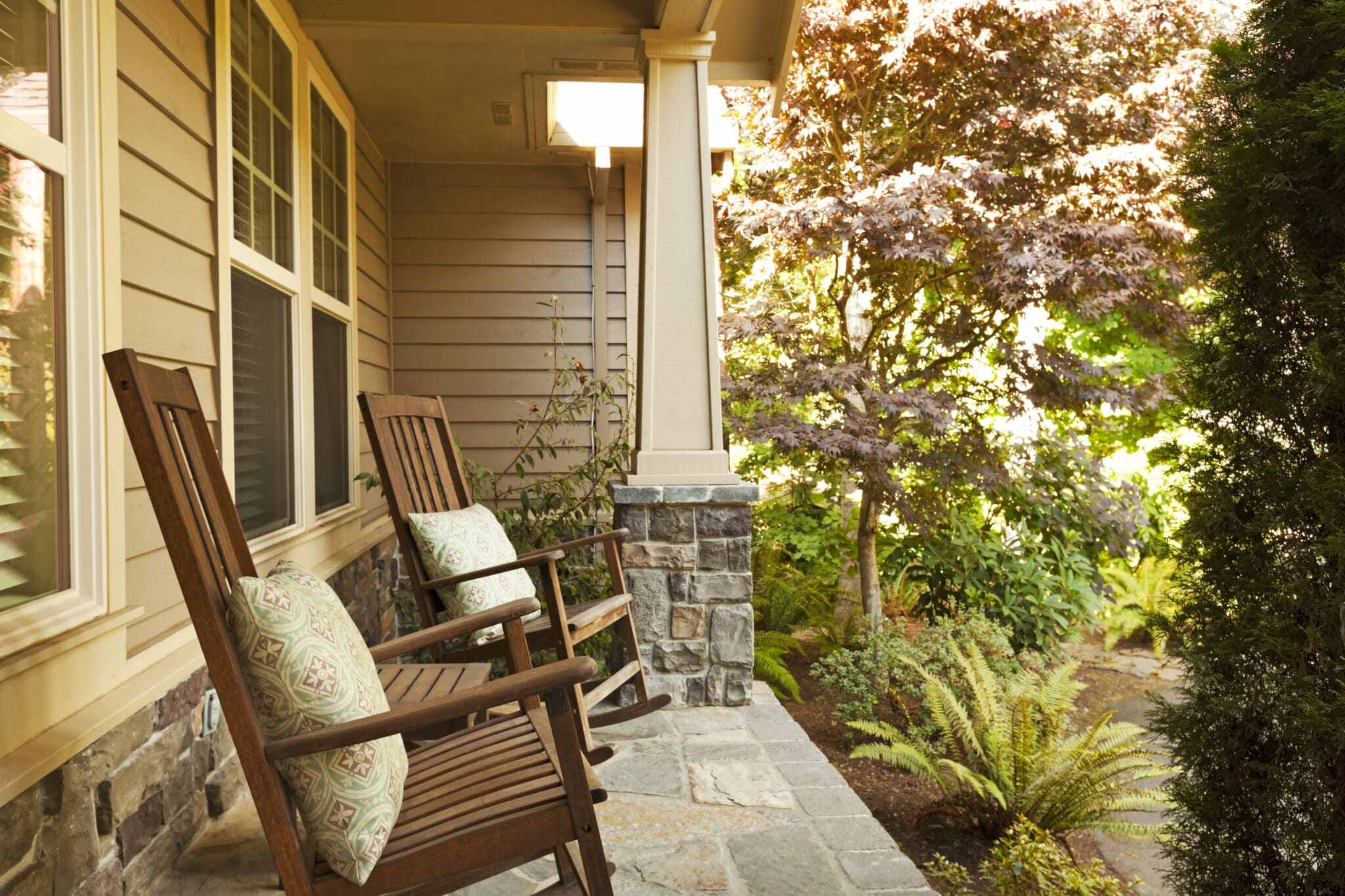

Outdoor Furniture
How To Get Pollen Off Patio Furniture
Modified: October 20, 2024
Learn how to effectively remove pollen from outdoor furniture and enjoy a clean patio space. Say goodbye to pesky pollen and keep your outdoor furniture looking fresh!
(Many of the links in this article redirect to a specific reviewed product. Your purchase of these products through affiliate links helps to generate commission for Storables.com, at no extra cost. Learn more)
Introduction
Welcome to our comprehensive guide on how to get pollen off patio furniture. As the weather warms up and flowers bloom, it’s a delightful time to enjoy the great outdoors. However, with the beauty of spring comes the nuisance of pollen. Pollen can quickly accumulate on your patio furniture, leaving a yellowish film and making your outdoor spaces less inviting. But fear not, as we’ve got you covered with tips and tricks to help you banish pollen and restore the pristine condition of your beloved patio furniture.
Pollen, the fine powder produced by flowering plants, is essential for their reproduction. While it plays a crucial role in nature, it can be a real headache for outdoor furniture owners. The minuscule grains easily stick to surfaces and can be challenging to remove without the proper techniques. Fortunately, with a little knowledge and the right tools, you can effectively conquer the pollen problem and enjoy your outdoor oasis with peace of mind.
In this guide, we’ll not only show you how to remove pollen from various types of patio furniture materials, but we’ll also provide you with prevention tips. By taking proactive measures, you can reduce the amount of pollen accumulation on your outdoor furniture, ensuring a more comfortable and enjoyable outdoor experience.
Whether you have wooden, wicker, metal, or plastic patio furniture, we have expert advice to help you combat pollen. From cleaning techniques to suitable tools and materials, our goal is to empower you with practical solutions to keep your outdoor furniture looking its best all season long.
So, let’s dive in and tackle the pesky pollen problem together, ensuring that your patio furniture remains a welcoming haven for relaxation and entertainment.
Key Takeaways:
- Say goodbye to pollen and hello to a pristine patio! Regular cleaning and prevention tips will keep your outdoor furniture pollen-free and ready for relaxation.
- Protect your outdoor oasis by covering furniture, shaking off pollen, and using the right cleaning methods. Enjoy a beautiful, allergen-free outdoor space!
Read more: How To Remove Pollen From Patio Furniture
Understanding Pollen
Before we delve into the methods of removing pollen from patio furniture, it’s important to have a basic understanding of what pollen is and how it affects our outdoor spaces. Pollen is a fine powdery substance produced by flowering plants, primarily for the purpose of plant reproduction. It contains the male reproductive cells and is carried by wind, insects, or other animals to fertilize the female reproductive organs of other plants.
Pollen grains are incredibly small, ranging in size from 10 to 100 micrometers. They are lightweight and can easily become airborne, making them difficult to control and remove. Various factors, such as wind strength, humidity, and the number of nearby flowering plants, can contribute to the amount of pollen present in the environment.
When pollen comes into contact with surfaces like outdoor furniture, it can cling to them due to its sticky nature. This leads to the formation of a thin, yellowish film that can quickly accumulate and make your furniture look unattractive. Not only does pollen negatively impact the appearance of your outdoor space, but it can also trigger allergies in some individuals.
It’s important to note that different types of plants produce different types of pollen. Some plants produce heavy, large-grained pollen that is unlikely to become airborne and cause allergies. However, other plants produce fine-grained pollen that is highly allergenic and can be easily dispersed in the air. Common culprits for pollen allergies include grasses, trees, and flowering plants like ragweed and dandelions.
Understanding the nature of pollen and its impact on your outdoor furniture will help you prioritize regular cleaning and maintenance. By taking proactive measures, you can minimize the accumulation of pollen and create a more pleasant and allergen-free environment for yourself, your family, and your guests.
Assessing the Damage
Before diving into the cleaning process, it’s essential to assess the extent of the pollen damage on your patio furniture. This step will help you determine the best course of action and ensure that you address any other issues that might need attention.
Start by closely examining each piece of furniture and take note of the areas affected by pollen. Look for visible yellowish stains or a layer of pollen dust. Pay attention to intricate details, such as crevices, corners, and joints, as pollen can easily accumulate in these hard-to-reach areas.
Take note of the material of your patio furniture, as different materials require different cleaning methods. Whether you have wooden, wicker, metal, or plastic furniture, it’s important to consider the unique characteristics and vulnerabilities of each material.
In addition to assessing the pollen damage, check for any signs of wear and tear or damage caused by weather elements. Look for cracks, peeling paint, rust, or any structural issues that might require repair or maintenance. By addressing these issues before cleaning, you can ensure that your furniture remains in top condition for years to come.
Once you have thoroughly assessed the damage, you can proceed with the appropriate cleaning techniques and materials specific to your furniture’s material. Remember, regular maintenance and timely cleaning are key to prolonging the life of your patio furniture and keeping it looking its best.
Cleaning Tools and Materials
When it comes to cleaning pollen off patio furniture, having the right tools and materials is crucial to achieve the best results. Here are some of the essential items you’ll need:
- Gloves: Protect your hands from cleaning agents and potential allergens by wearing rubber gloves.
- Soft-bristle brush: Use a brush with soft bristles to gently scrub away pollen without damaging the surface of your furniture.
- Microfiber cloths: These cloths are great for wiping down surfaces and collecting pollen particles without leaving lint behind.
- Mild detergent: Opt for a mild, non-abrasive detergent that is suitable for the material of your furniture. Avoid using harsh chemicals that can damage or discolor the surface.
- Vinegar: White vinegar is a versatile natural cleaner that can be used for various types of patio furniture materials.
- Baking soda: This common household substance can help remove stubborn stains and odors from your furniture.
- Bucket of warm water: Fill a bucket with warm water to dilute the cleaning agent and create a gentle cleaning solution.
- Hose or pressure washer: If your furniture is made of a material that can withstand water, a hose or pressure washer can be used to rinse off cleaning solutions and debris.
It’s worth mentioning that the specific tools and materials required may vary depending on the type of furniture material. For instance, wood furniture may require specialized wood cleaners and sealants, while metal furniture might benefit from rust-resistant solutions. Always refer to the manufacturer’s recommendations and instructions for the best cleaning practices.
Investing in high-quality cleaning tools and using appropriate materials will not only make the cleaning process more efficient but also help protect the integrity and longevity of your patio furniture.
Preparing the Furniture
Before you begin the actual cleaning process, it’s important to properly prepare the furniture to ensure effective and safe cleaning. Follow these steps to prepare your patio furniture:
- Clear the area: Remove any cushions, pillows, or accessories from the furniture to have a clear surface to work on. This will prevent any obstacles or damage to these items during the cleaning process.
- Choose an appropriate location: Move your furniture to a well-ventilated area, preferably outdoors, where you have easy access to water and cleaning supplies. This will prevent unnecessary mess inside your home and allow for easier rinsing of the furniture.
- Test a small area: If you’re using a new cleaning solution or material for the first time, it’s a good idea to test it on a small, inconspicuous area of the furniture. This will help ensure that it doesn’t cause any discoloration or damage to the surface.
- Read the manufacturer’s instructions: Different materials may have specific guidelines for cleaning and maintenance. Take a moment to review the manufacturer’s instructions to ensure that you’re following their recommended cleaning methods and using the appropriate products.
- Protect surrounding surfaces: If you’re cleaning furniture near delicate plants or other surfaces that could be damaged by water or cleaning solutions, cover or move them before you start cleaning. This will prevent any unintended damage or staining to these surfaces.
By taking these preparatory steps, you’ll create a clean and safe environment for effective cleaning. Preparing the furniture properly will ensure that you can focus on removing the pollen without worrying about any potential damage or complications arising during the process.
Read more: How To Get Bird Poop Off Patio Furniture
Removing Pollen from Cushions
Patio furniture cushions are notorious for collecting pollen, thanks to their porous fabric and comfortable padding. Here’s how you can effectively remove pollen from your cushions:
- Start by gently shaking the cushions outdoors to dislodge any loose pollen. This will help minimize the amount of pollen that needs to be manually removed.
- Use a soft-bristle brush or a vacuum cleaner with a brush attachment to lightly brush or vacuum the cushions. This will help loosen and remove any remaining pollen particles.
- If the cushions are machine washable, follow the manufacturer’s instructions to launder them. Use a gentle cycle and mild detergent to prevent any damage to the fabric. Adding 1/2 cup of white vinegar to the rinse cycle can help remove any lingering pollen and freshen up the cushions.
- If the cushions can’t be machine washed, fill a basin or bucket with warm water and a small amount of mild detergent. Submerge the cushions in the soapy water and gently agitate them to loosen the pollen. Rinse thoroughly with clean water to remove any soap residue.
- Let the cushions air-dry completely before placing them back on the furniture. Avoid direct sunlight as it can fade the fabric. If necessary, fluff and reshape the cushions once they’re dry.
If your cushions have stubborn stains or odors, you can create a paste using equal parts baking soda and water. Apply the paste to the stain, gently rub it in, and let it sit for about 30 minutes. Then, brush off the dried paste and vacuum any residue. This method can help lift stains and eliminate any unwanted odors.
Regular maintenance and periodic cleaning of your patio cushions will help keep them fresh, pollen-free, and in excellent condition. Consider storing the cushions in a dry and covered area when not in use to minimize exposure to pollen and other outdoor elements.
Use a handheld vacuum or a soft-bristled brush to gently remove pollen from patio furniture. Avoid using water, as it can cause the pollen to stick and stain the furniture.
Cleaning Wood Patio Furniture
Wood patio furniture adds a timeless and natural touch to any outdoor space. To keep your wood furniture looking its best and free from pollen, follow these steps:
- Start by removing any loose dirt or debris from the surface of the furniture using a soft-bristle brush or a dry cloth. This will prevent scratching the wood during the cleaning process.
- Create a cleaning solution by mixing a few drops of mild detergent with warm water in a bucket. Avoid using harsh chemicals or abrasive cleaners that can damage the wood.
- Dip a soft cloth or sponge into the soapy water and gently scrub the wood furniture, paying close attention to areas with visible pollen or stains. Make sure to go with the grain of the wood to avoid scratching or causing any damage.
- Rinse the furniture thoroughly with water to remove any soap residue. A garden hose with a gentle spray attachment can be used for this step, or you can use a bucket of clean water and a separate cloth to wipe down the wood.
- Allow the furniture to air dry completely before applying any sealant or protective finish. This will help prevent moisture damage to the wood and ensure a longer lifespan for your furniture.
- If there are any stains or discoloration on the wood, you can use a wood cleaner or a mixture of equal parts vinegar and water. Apply the cleaner to a cloth and gently rub the affected areas. Rinse with water and dry thoroughly.
- For added protection, you can apply a wood sealant or outdoor furniture wax to the clean and dry surface of the furniture. Follow the manufacturer’s instructions for the specific product you’re using.
- Regularly inspect your wood furniture for any signs of wear, such as cracks or splintering. Address these issues promptly to prevent further damage.
It’s important to note that different types of wood, such as teak, cedar, or oak, may require specific cleaning and maintenance methods. Always refer to the manufacturer’s recommendations or consult a professional if you’re unsure about the best practices for your particular wood furniture.
By following these cleaning steps and maintaining your wood patio furniture, you can enjoy the natural beauty and warmth of wood while keeping pollen at bay.
Cleaning Wicker Patio Furniture
Wicker patio furniture adds a touch of elegance and charm to outdoor spaces. To effectively clean and remove pollen from your wicker furniture, follow these steps:
- Start by using a soft-bristle brush or a vacuum cleaner with a brush attachment to remove any loose dirt or debris from the wicker. Gently brush or vacuum all the nooks and crannies to dislodge any trapped pollen.
- Fill a basin or bucket with warm water and a few drops of mild detergent. Mix the solution until it becomes soapy.
- Dip a soft cloth or sponge into the soapy water and gently scrub the wicker furniture, focusing on areas that have visible pollen or stains. Be careful not to immerse the wicker in water, as excessive moisture can cause it to weaken or warp.
- Rinse the furniture thoroughly with a hose or a bucket of clean water. Ensure that all soap residue is removed.
- Allow the wicker furniture to air dry completely in a well-ventilated area. Avoid placing it in direct sunlight, as this can cause the material to become brittle and fade.
- If there are any stubborn stains remaining on the wicker, you can create a paste using baking soda and water. Apply the paste to the stained areas and gently scrub with a soft brush. Rinse off the paste and dry the furniture.
- To restore the natural shine and protect the wicker, you can apply a thin coat of furniture wax or a specific wicker conditioner. Follow the manufacturer’s instructions for the recommended product and application method.
- Regularly inspect your wicker furniture for any signs of damage, such as loose or broken strands. If you notice any issues, repair them promptly to prevent further deterioration.
It’s important to note that wicker furniture is made from various materials, such as natural rattan, synthetic resin, or bamboo. Different types of wicker may require specific cleaning methods or products. Always refer to the manufacturer’s guidelines or consult a professional if you’re unsure about the appropriate cleaning techniques for your specific wicker furniture.
By following these cleaning steps and maintaining your wicker patio furniture, you can keep it looking beautiful and pollen-free, ensuring years of enjoyment in your outdoor space.
Cleaning Metal Patio Furniture
Metal patio furniture is known for its durability and sleek appearance, making it a popular choice for outdoor spaces. To effectively clean and remove pollen from your metal furniture, follow these steps:
- Start by removing any loose dirt or debris from the surface of the furniture using a soft-bristle brush or a dry cloth. Pay particular attention to crevices and joints where pollen tends to accumulate.
- Prepare a cleaning solution by mixing warm water with a few drops of mild detergent in a bucket.
- Dip a soft cloth or sponge into the soapy water and gently scrub the metal furniture, focusing on areas with visible pollen or stains. If the furniture has intricate designs or detail work, use a soft brush to reach into all the nooks and crannies.
- Rinse the furniture thoroughly with clean water to remove any soap residue. You can use a hose or a bucket of water for this step, depending on the size of the furniture and the available resources.
- Dry the metal furniture with a clean cloth or allow it to air dry completely. Make sure to dry all areas, including joints and corners, to prevent water spots or potential rust formation.
- If you notice any stubborn stains or tarnish on the metal, you can create a paste using baking soda and water. Gently rub the paste onto the affected areas and let it sit for a few minutes. Then, rinse off the paste and dry the furniture thoroughly.
- To provide additional protection against moisture and to maintain the shine of the metal, you can use a metal polish or a specialized outdoor furniture wax. Apply a thin layer according to the manufacturer’s instructions and buff the surface for a polished finish.
- Regularly inspect your metal furniture for any signs of rust or damage. If you notice any rust spots, you can gently scrub them with a wire brush and apply a rust-resistant primer and paint to prevent further corrosion.
It’s worth noting that different types of metal, such as aluminum, wrought iron, or stainless steel, may have specific cleaning and maintenance requirements. Always refer to the manufacturer’s guidelines or consult a professional if you’re unsure about the appropriate cleaning techniques for your specific metal furniture.
By following these cleaning steps and maintaining your metal patio furniture, you can keep it looking sleek, pollen-free, and in excellent condition for years of enjoyment in your outdoor space.
Read more: How To Get Rust Off Metal Patio Furniture
Cleaning Plastic Patio Furniture
Plastic patio furniture is a popular and low-maintenance option for outdoor spaces. To effectively clean and remove pollen from your plastic furniture, follow these steps:
- Start by removing any loose dirt or debris from the surface of the furniture using a soft-bristle brush or a dry cloth. This will prevent scratching the plastic during the cleaning process.
- Create a cleaning solution by mixing warm water with a few drops of mild detergent in a bucket. Avoid using abrasive cleaners or harsh chemicals that can cause damage to the plastic.
- Dip a soft cloth or sponge into the soapy water and gently scrub the plastic furniture, paying close attention to areas with visible pollen or stains. For stubborn stains, you can use a non-abrasive sponge or a soft brush to remove them.
- Rinse the furniture thoroughly with a hose or a bucket of clean water to remove any soap residue. Make sure to rinse all surfaces, including hard-to-reach areas and crevices, to ensure a thorough clean.
- Allow the plastic furniture to air dry, or use a clean cloth to dry it completely. This will help prevent water spots or streaks from forming on the surface.
- If your plastic furniture has deep stains or discoloration, you can create a paste using baking soda and water. Apply the paste to the affected areas and gently scrub with a soft brush. Rinse off the paste and dry the furniture thoroughly.
- To protect the plastic from fading and discoloration due to sun exposure, you can apply a layer of automotive wax or a specialized plastic protectant. Follow the manufacturer’s instructions for application and buff the surface for a polished finish.
- Regularly inspect your plastic furniture for any signs of damage, such as cracks, chips, or brittle areas. Repair or replace any damaged pieces to ensure the longevity and functionality of your outdoor furniture.
Plastic furniture is generally low-maintenance and durable, but it’s important to avoid exposing it to extreme temperatures or harsh conditions that can cause fading or degradation. Consider storing your plastic furniture in a covered area during winter or when not in use to prolong its lifespan.
By following these cleaning steps and maintaining your plastic patio furniture, you can keep it looking fresh, pollen-free, and ready for outdoor relaxation and enjoyment.
Prevention Tips
Prevention is key when it comes to keeping pollen off your patio furniture. By taking proactive measures, you can minimize pollen accumulation and make your outdoor space more enjoyable. Here are some prevention tips to consider:
- Cover your furniture: When not in use, cover your patio furniture with fitted covers or tarps to protect it from pollen and other debris. This will save you time and effort in cleaning later on.
- Regularly dust and wipe down: Use a dry cloth or duster to regularly remove dust and pollen particles from your furniture. This simple practice can help prevent the buildup of pollen and keep your furniture looking clean.
- Trim nearby plants: If you have flowering plants in close proximity to your patio furniture, consider trimming them to minimize the pollen source. Removing or relocating highly allergenic plants can also help reduce the impact of pollen on your outdoor space.
- Shake off cushions and pillows: Before using your patio furniture, give the cushions and pillows a good shake to dislodge any loose pollen. This will prevent the pollen from transferring onto your clothes or skin.
- Use a leaf blower: If you have a leaf blower, occasionally use it to blow away pollen from your furniture. This method can be quick and effective in removing surface pollen without the need for intensive cleaning.
- Consider an outdoor air purifier: If you have severe allergies or live in an area with a high pollen count, using an outdoor air purifier or a portable fan with a pollen filter can help reduce the pollen concentration in your outdoor space.
- Stay up-to-date with pollen forecasts: Keep an eye on local pollen forecasts to be aware of peak pollen days. On these days, you can take extra precautions such as covering your furniture or avoiding outdoor activities during peak pollen times.
- Regular maintenance: Perform regular maintenance on your patio furniture, including inspecting for damage, tightening screws or bolts, and repairing any issues promptly. Well-maintained furniture is less likely to attract and hold onto pollen.
By implementing these prevention tips, you can minimize the impact of pollen on your patio furniture and create a more comfortable and inviting outdoor space.
Conclusion
Keeping your outdoor furniture free from pollen not only enhances its visual appeal but also creates a more enjoyable and allergen-free environment. With the tips and techniques outlined in this guide, you now have the knowledge and tools to effectively remove pollen from your patio furniture, regardless of the material.
Remember, prevention is key to minimizing pollen accumulation. Taking proactive measures such as covering your furniture, regularly dusting, and trimming nearby plants can go a long way in reducing the need for intensive cleaning.
When it comes to cleaning, be sure to assess the damage, use appropriate tools and materials, and follow the specific guidelines for your furniture’s material. Whether you have wood, wicker, metal, or plastic furniture, there are effective methods to safely remove pollen and maintain the integrity of the materials.
Additionally, incorporating regular maintenance and inspections into your routine will help prolong the life of your outdoor furniture and address any issues promptly.
By following these steps and employing preventative measures, you can enjoy your outdoor furniture in pristine condition, free from the yellowish film of pollen. Create an inviting and comfortable outdoor space where you can relax, entertain, and embrace the beauty of nature without the nuisance of pollen.
Now, armed with the knowledge and know-how, it’s time to roll up your sleeves and give your patio furniture the attention it deserves. Say goodbye to pollen and hello to a refreshing and rejuvenated outdoor oasis!
Frequently Asked Questions about How To Get Pollen Off Patio Furniture
Was this page helpful?
At Storables.com, we guarantee accurate and reliable information. Our content, validated by Expert Board Contributors, is crafted following stringent Editorial Policies. We're committed to providing you with well-researched, expert-backed insights for all your informational needs.
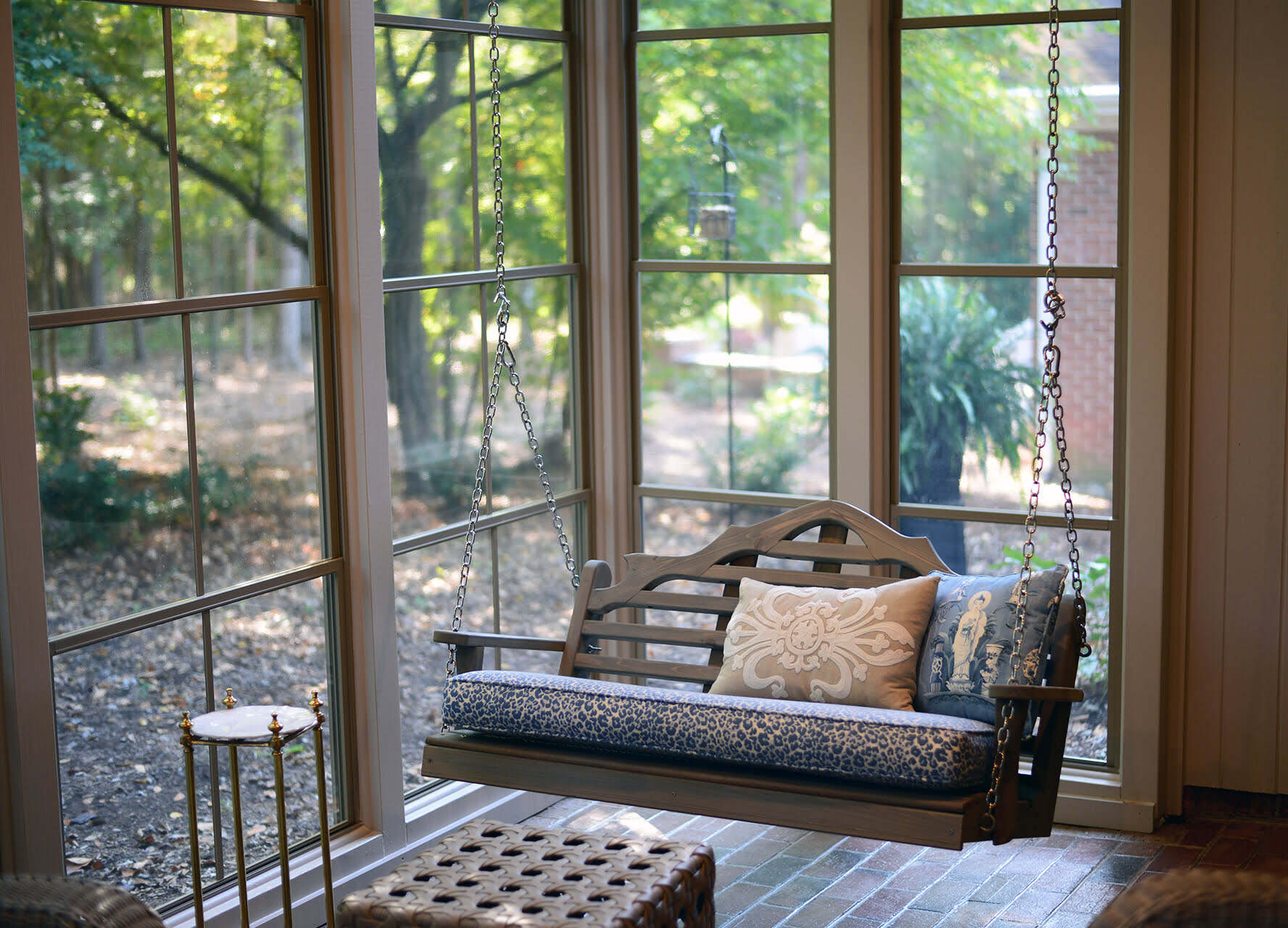
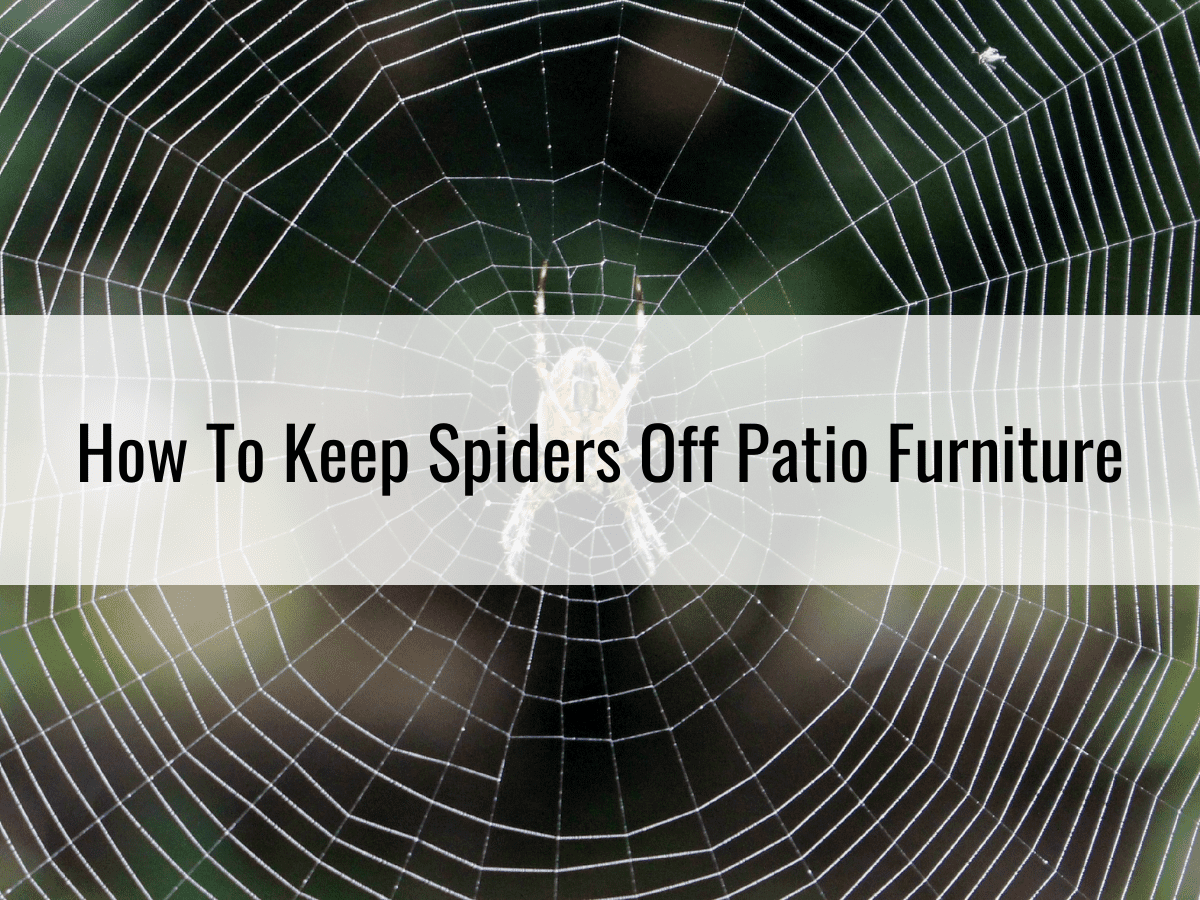
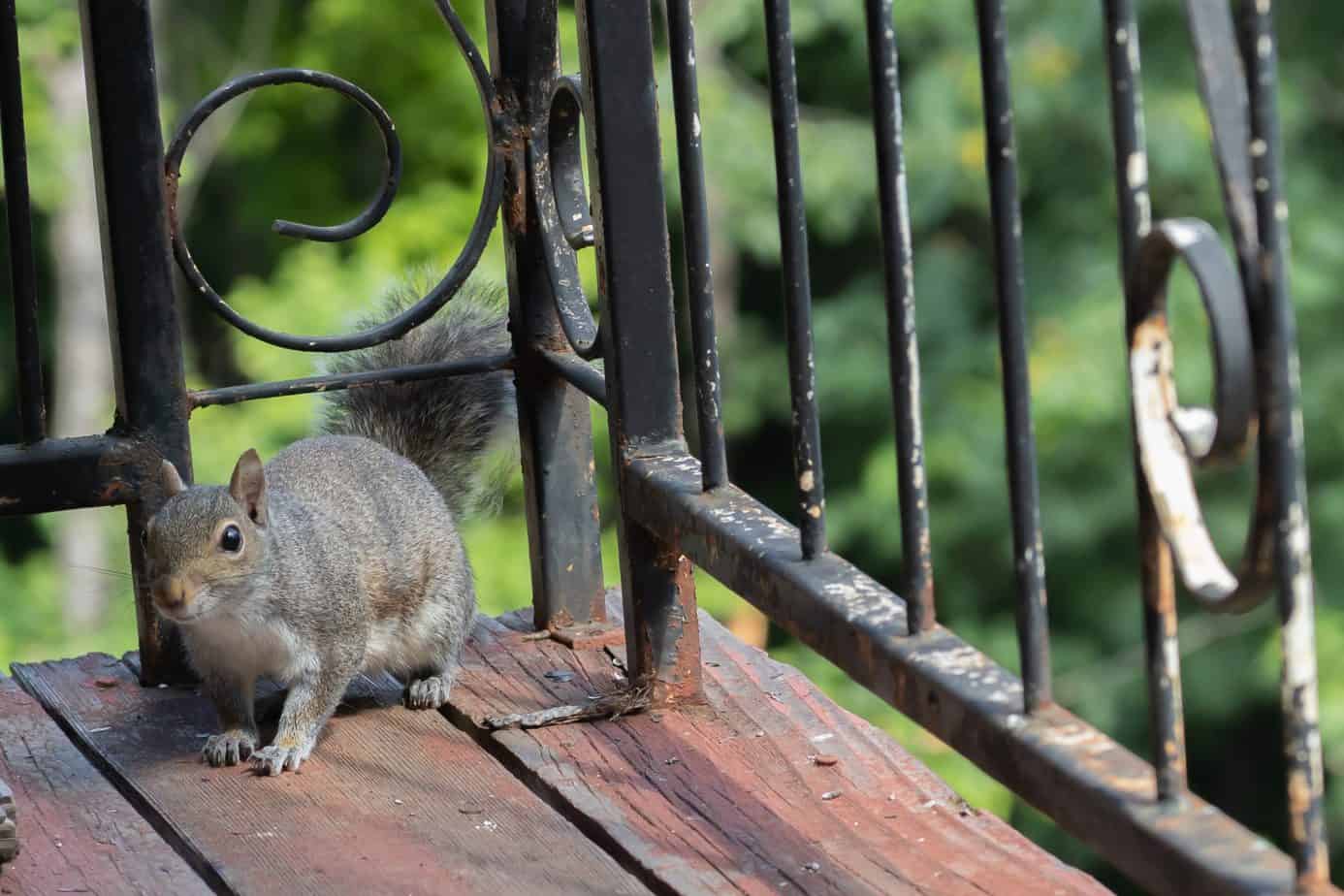
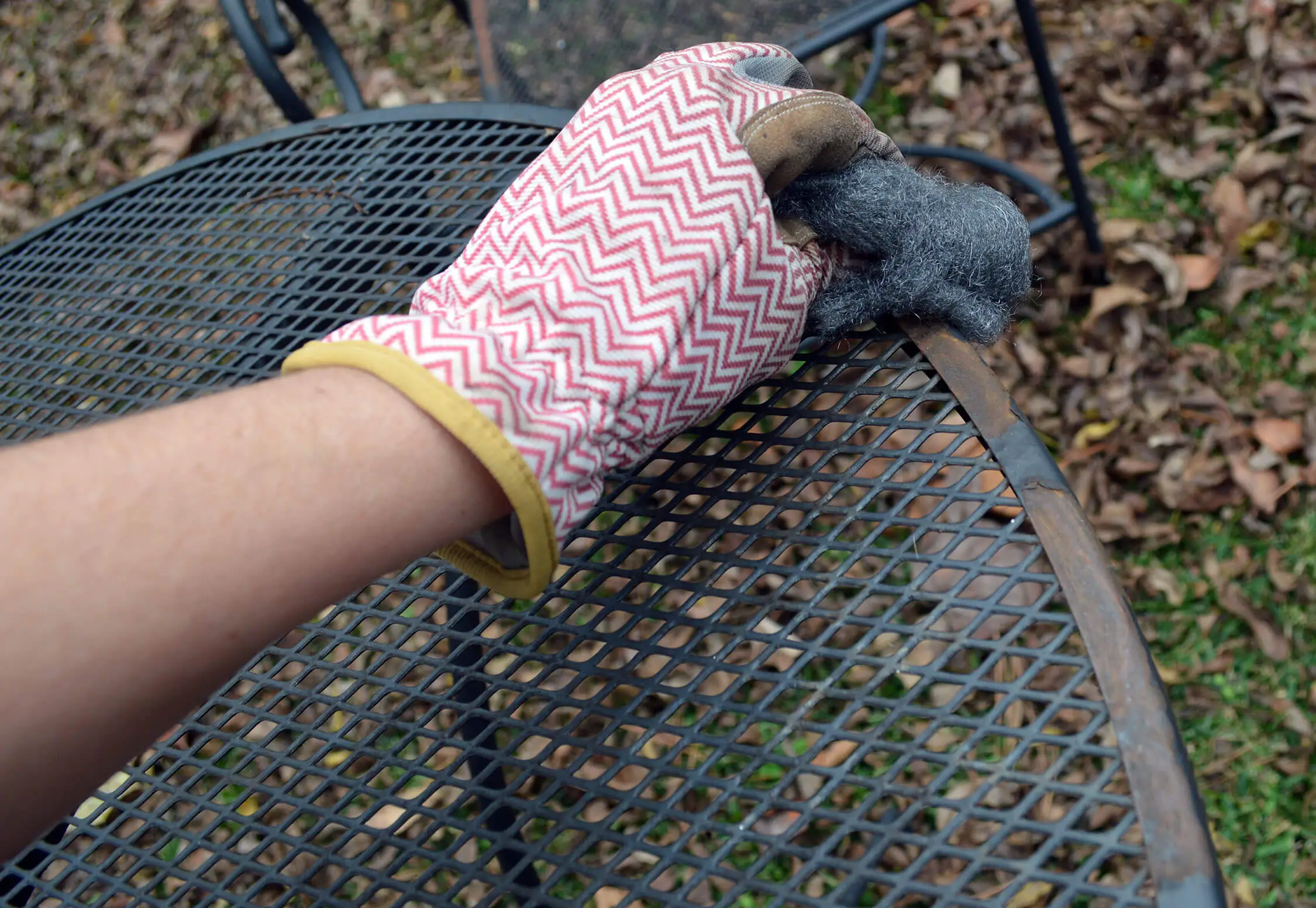

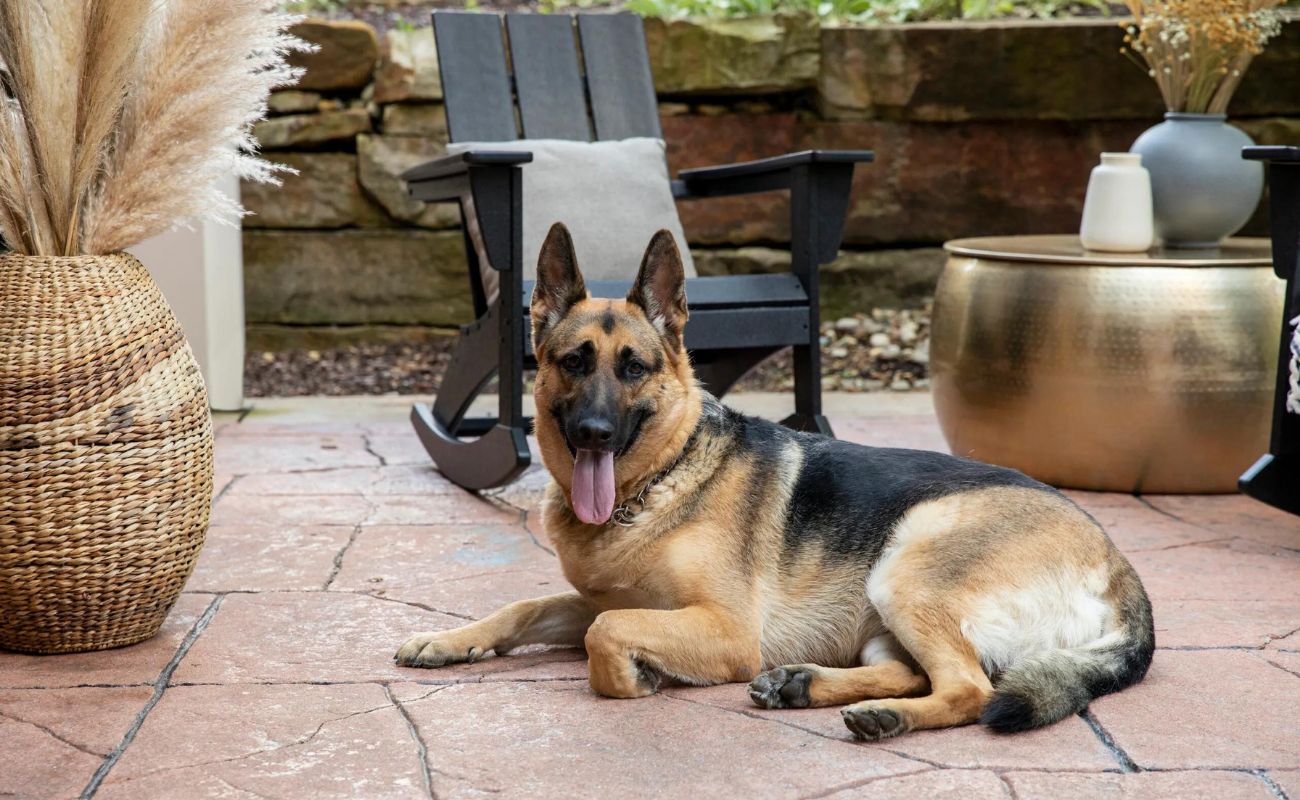
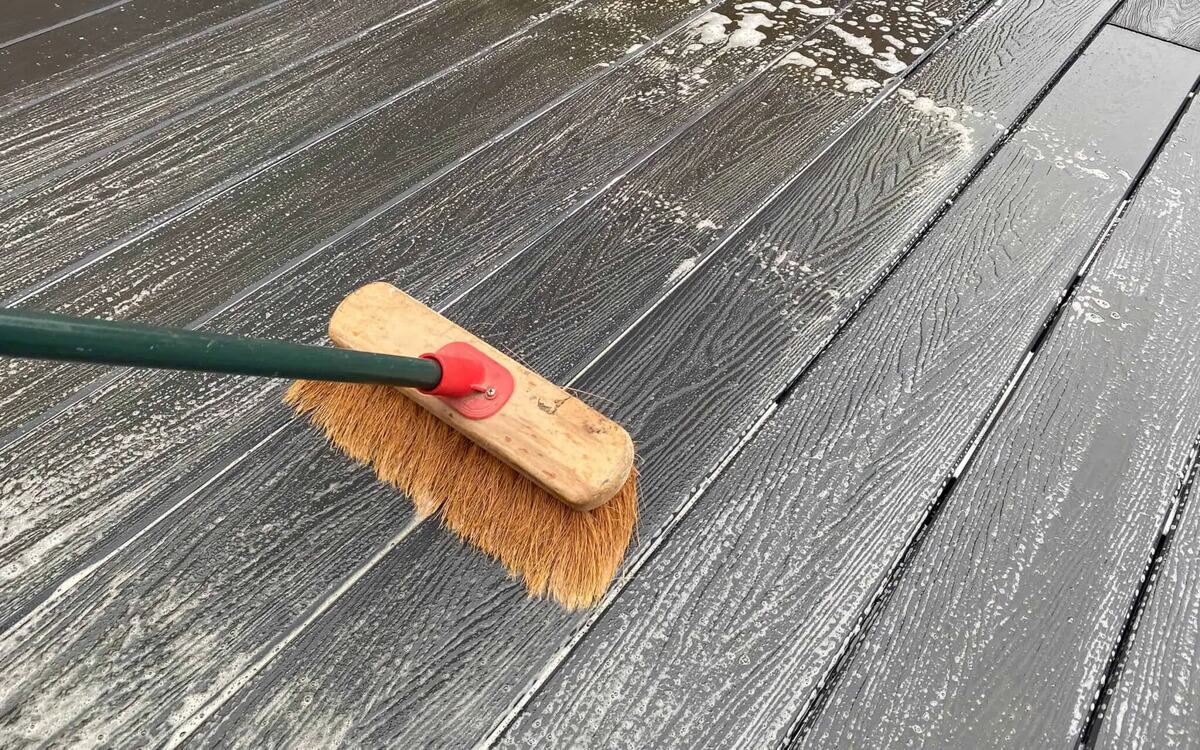
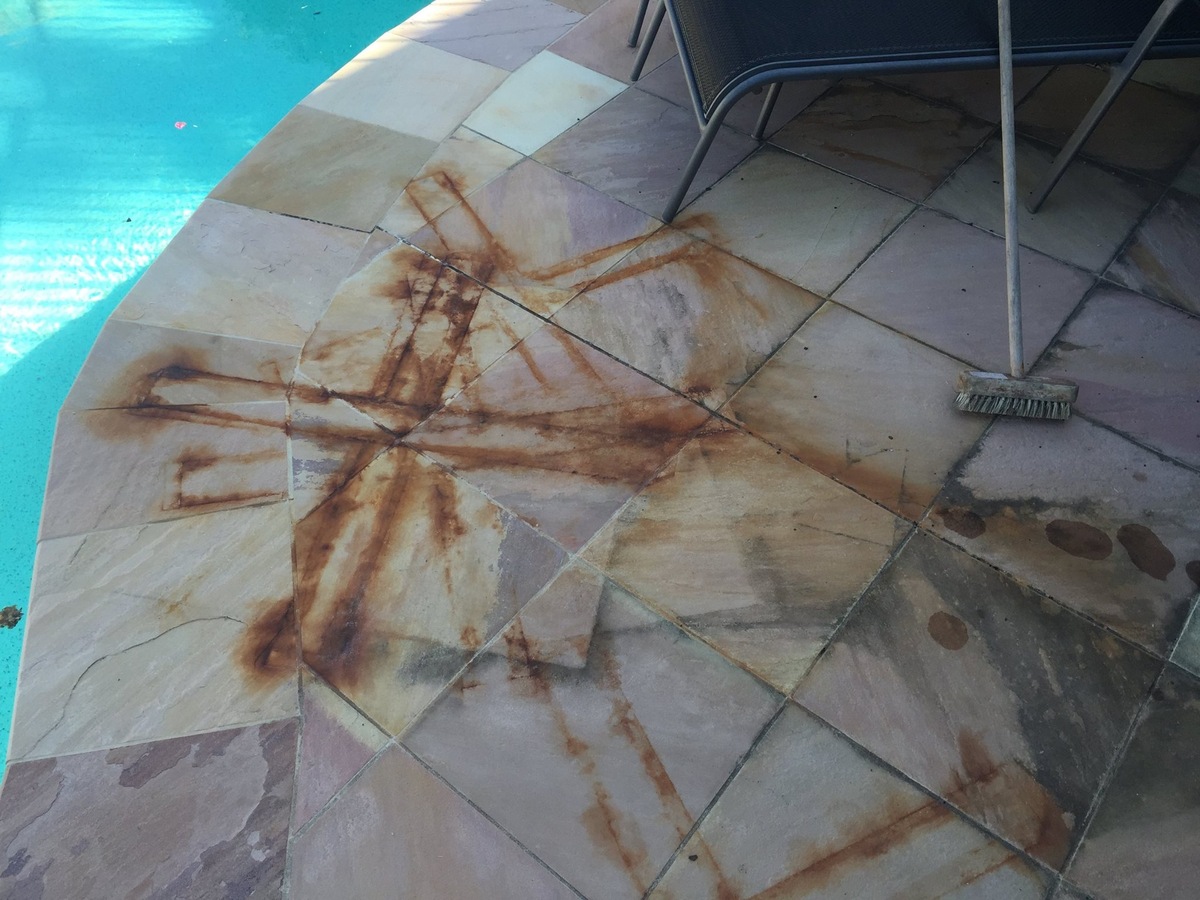
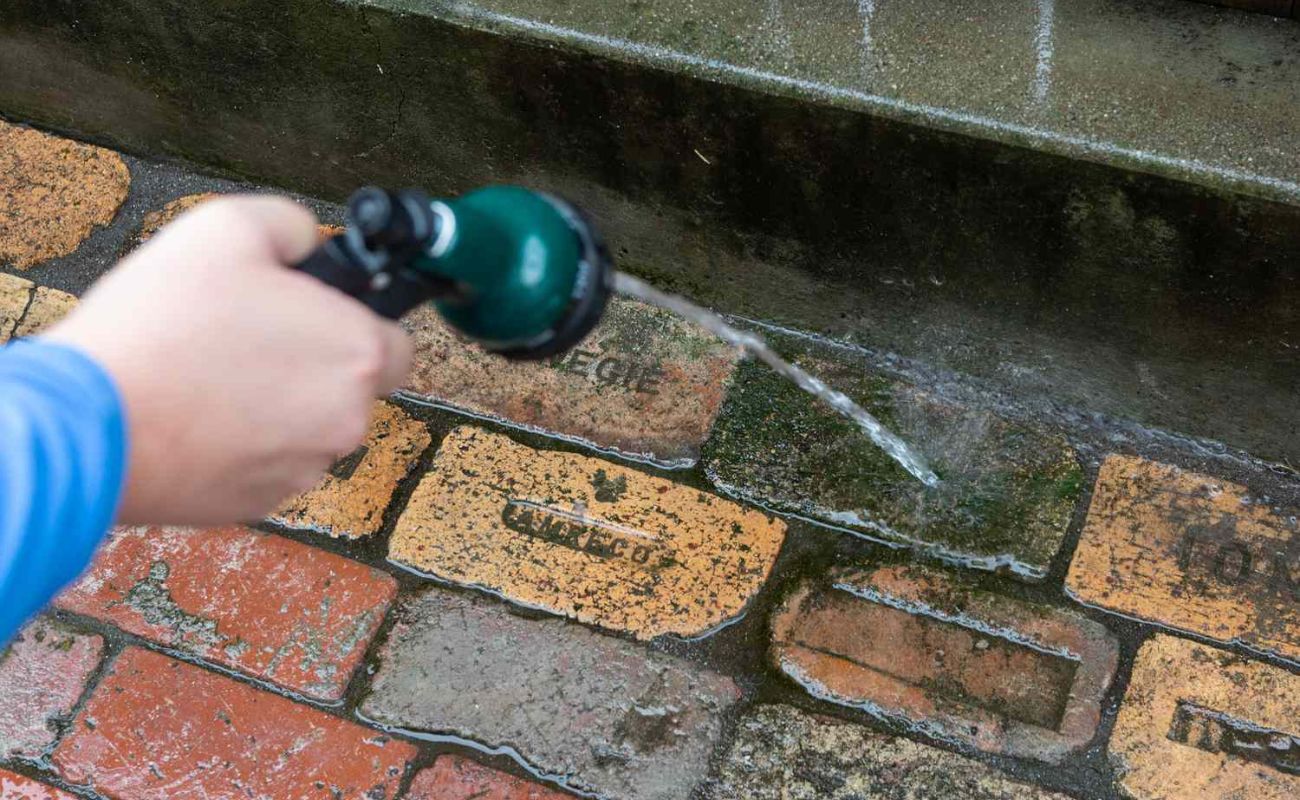
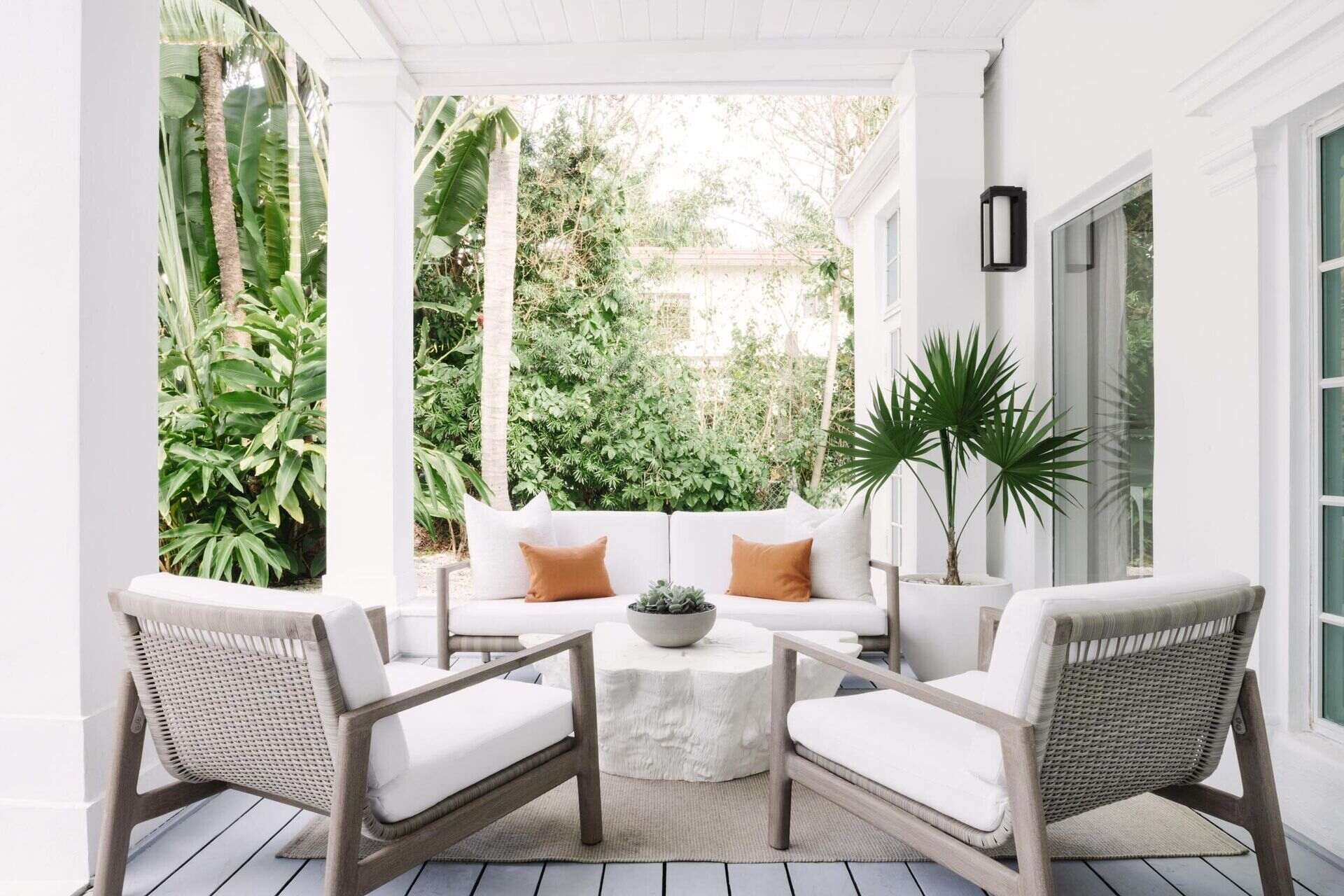
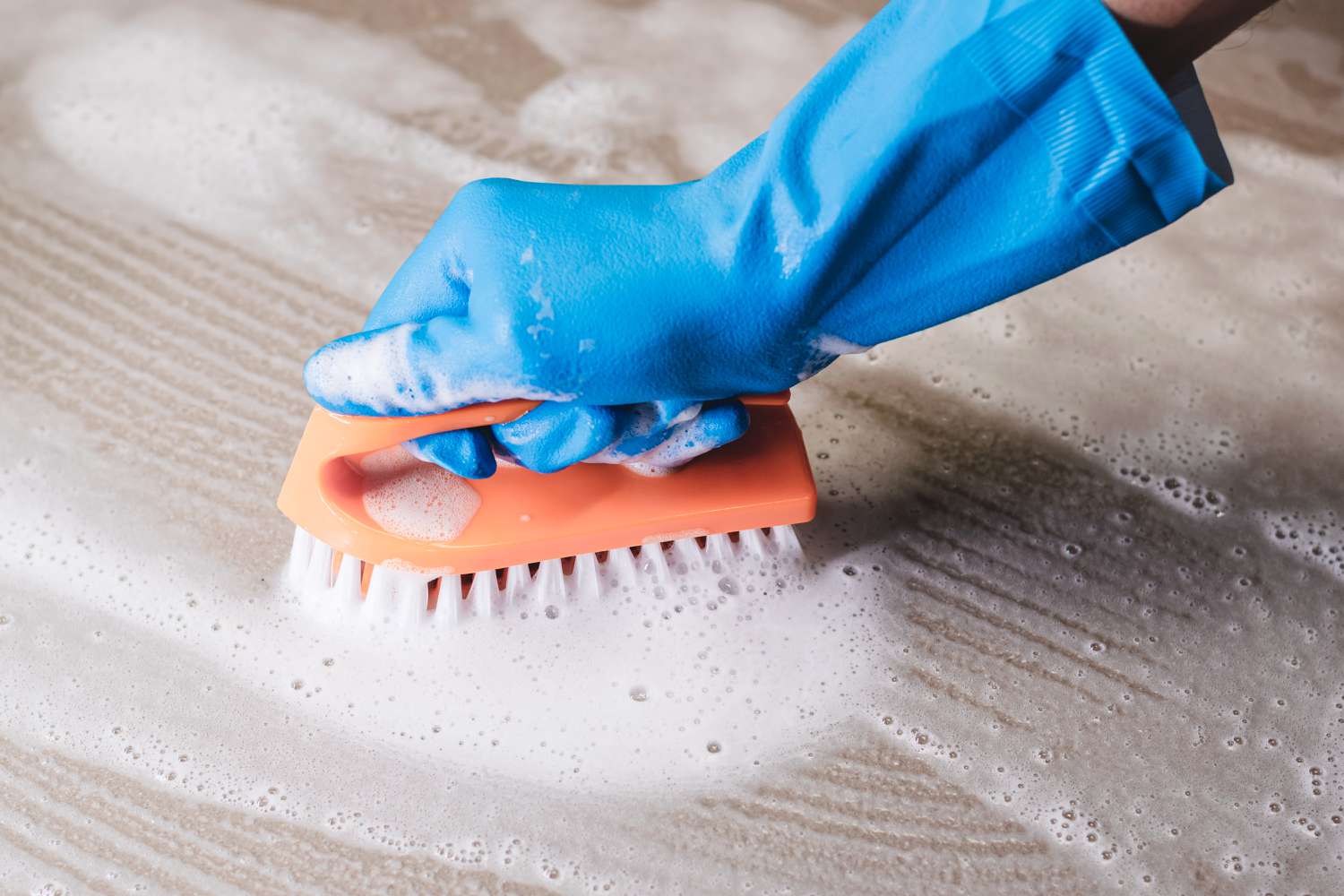
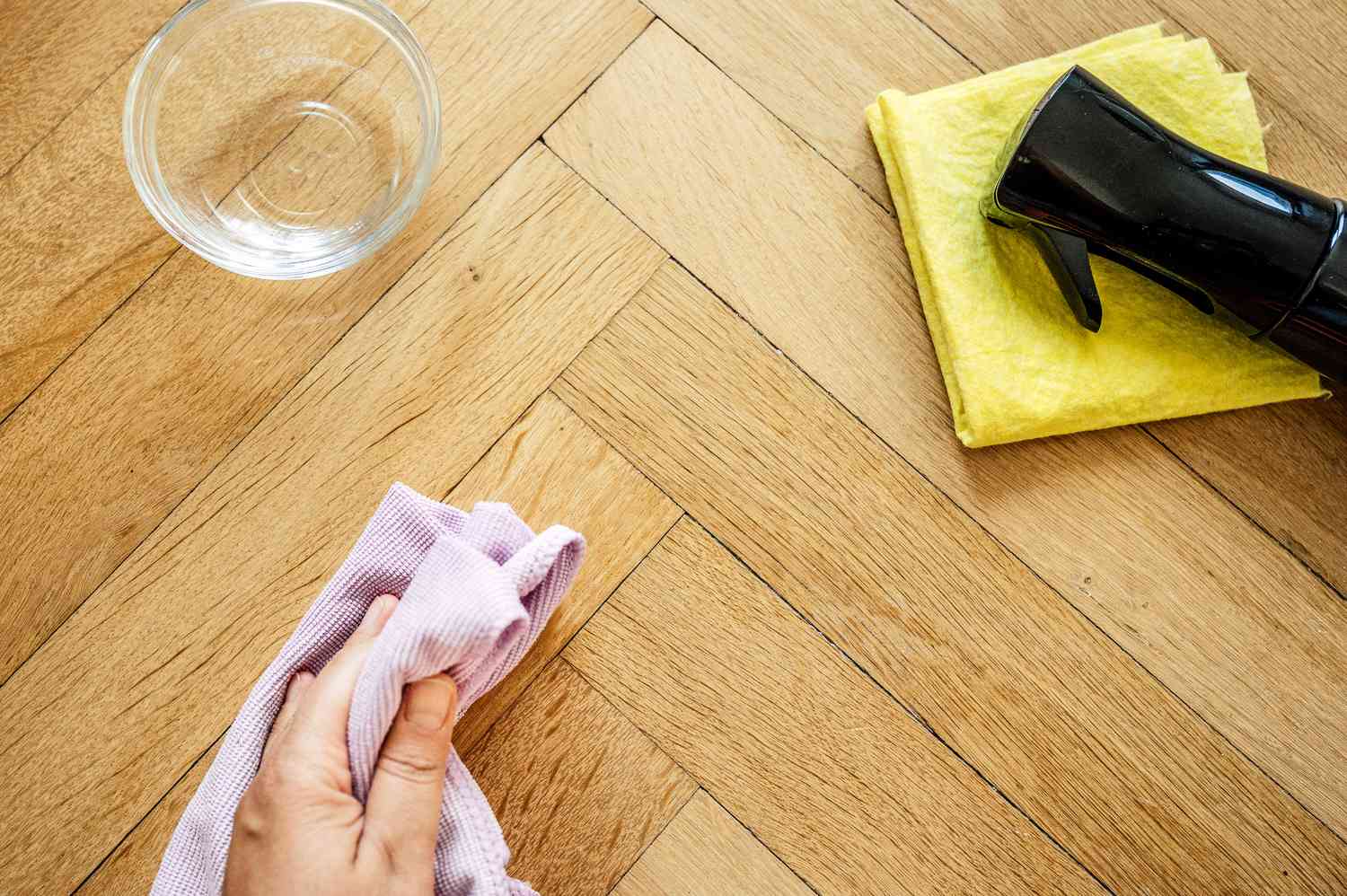
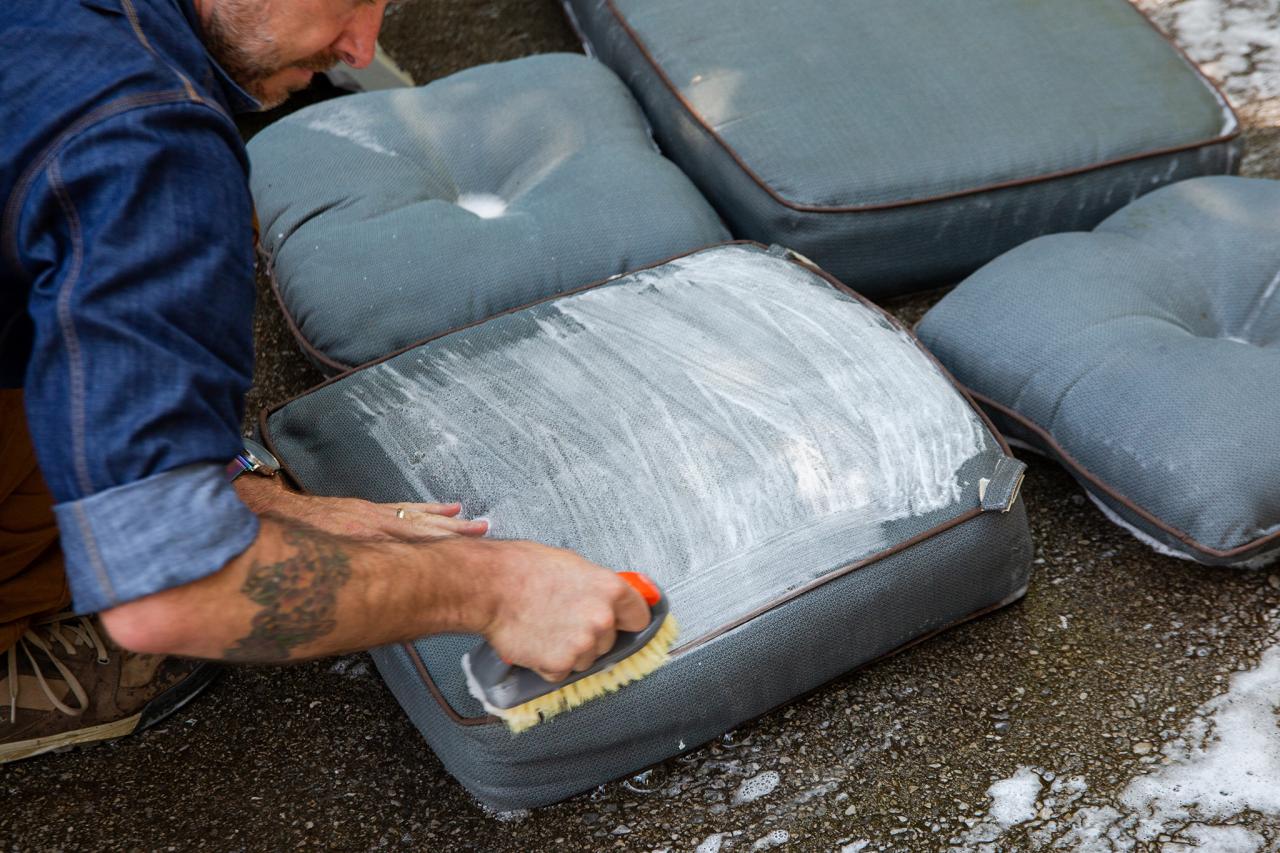

0 thoughts on “How To Get Pollen Off Patio Furniture”